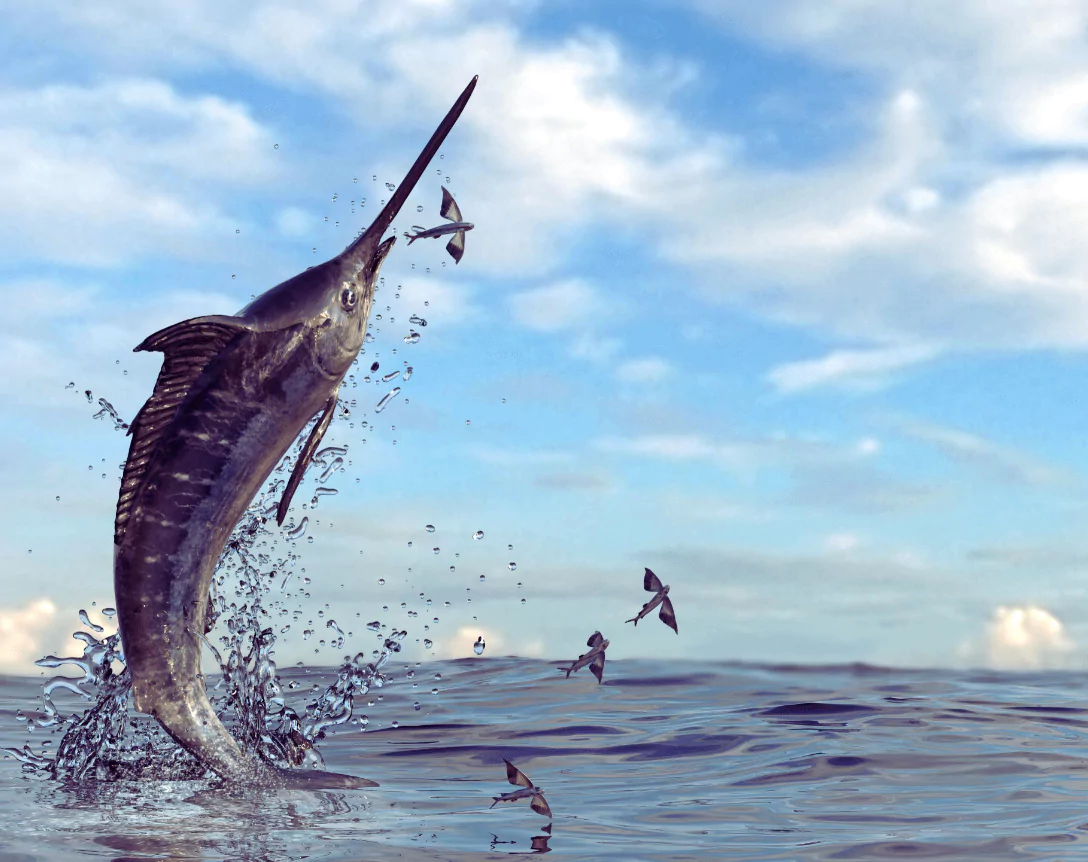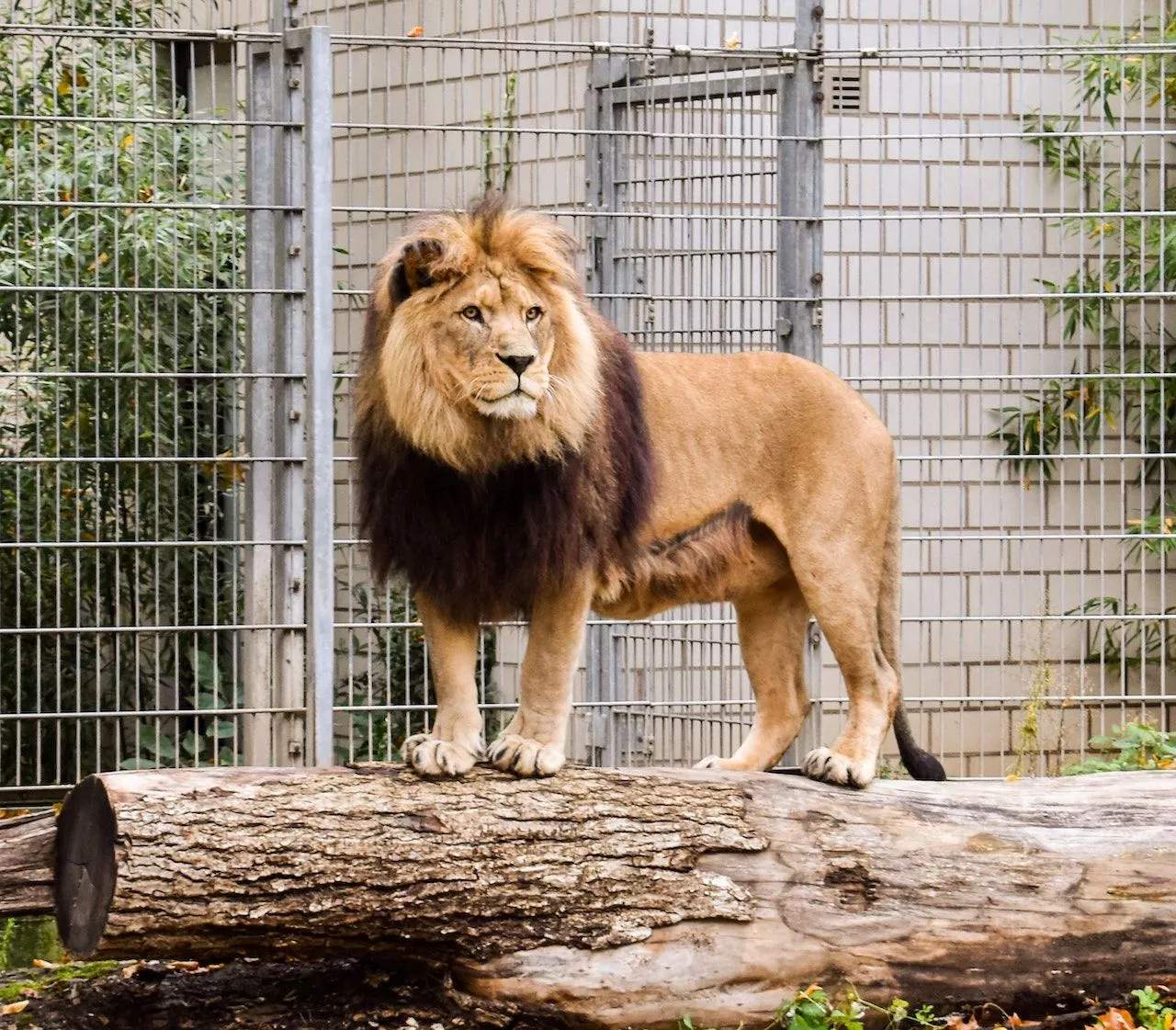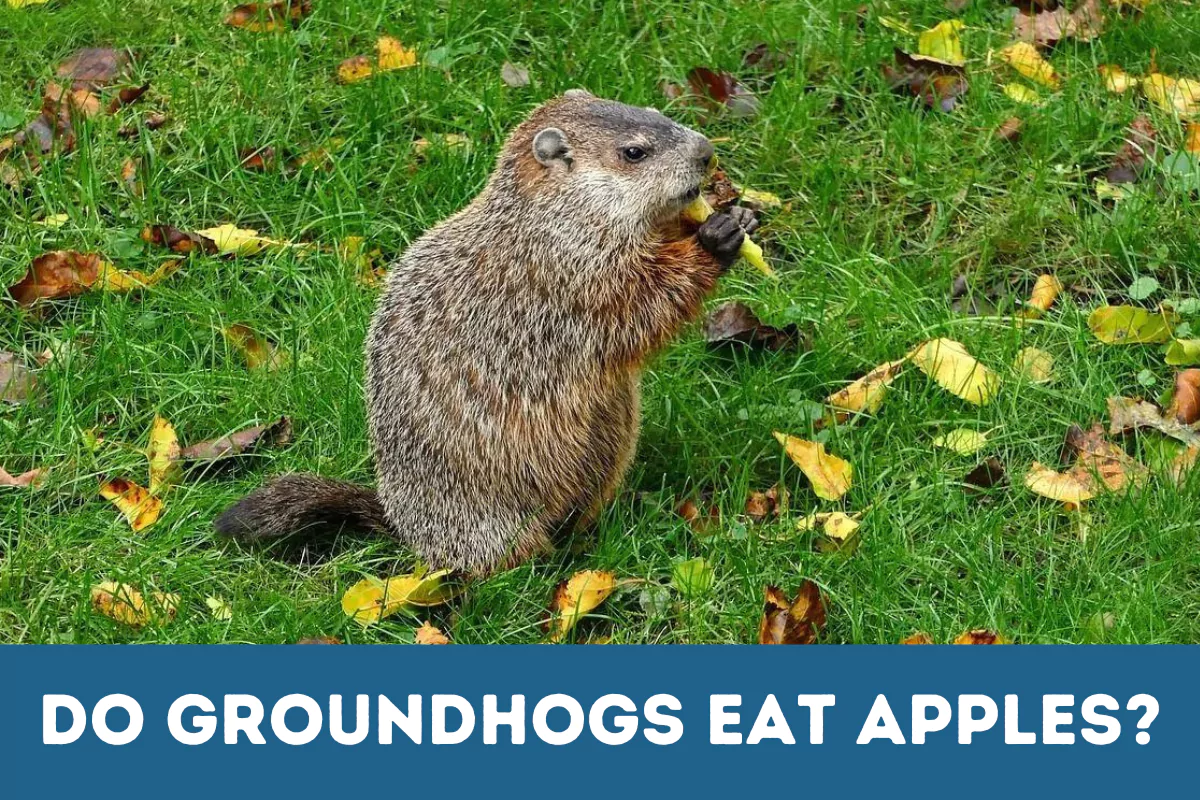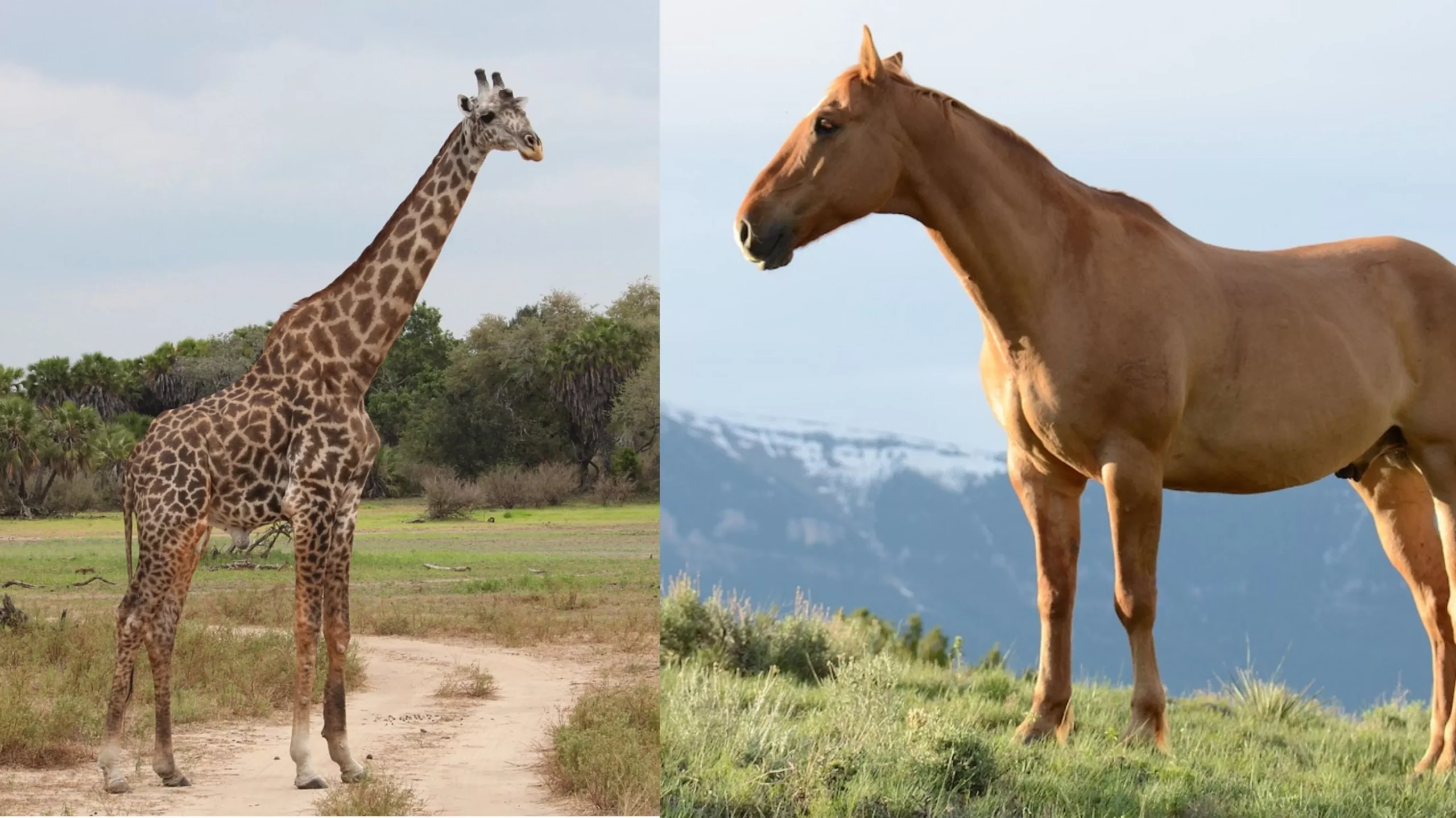Belly buttons (aka navels) are one of the most fascinating features of our bodies. They remind us of our first physical connection to the world – the umbilical cord that once connected us to our mothers in utero.
But have you ever wondered whether all mammals share this intriguing anatomical feature? Do other animals possess belly buttons too?
In this article, we will explore the existence of belly buttons across the animal kingdom and unravel the mysteries surrounding this seemingly universal trait among mammals.
Do All Mammals Have Belly Buttons?
As umbilical cords serve as the lifeline for unborn babies, providing them with nutrients and oxygen from their mother’s placenta, belly buttons or umbilical cords are common in most mammals. However, Monotremes and Marsupials do not have belly buttons.
While most mammals give birth to their young, a small handful of mammals, known as Monotremes (such as the echidna and platypus), lay eggs instead of keeping their young in a womb. While echidnas possess a pouch-like structure, which she uses to carry her eggs around, platypuses dig a hole to place them in.
Also, some other mammals have a unique way of dealing with their umbilical cords. For instance, marsupials such as kangaroos and opossums don’t have a belly button because their young are born at a premature stage of development and continue to develop externally within the mother’s pouch.
These navel remnants will appear depending on the species; while some can be small and barely noticeable, others can be more pronounced or even contain hair follicles.
So, even though placenta mammals have belly buttons, they are only noticeable in large animals as they are usually obscure and covered by fur or hair.
Regardless of size or visibility, these belly buttons remind us of an important connection all mammals share during their earliest stages of life.
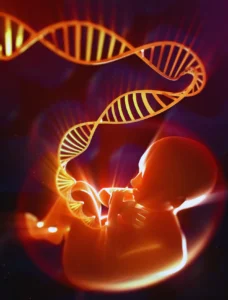
Do Reptiles Have Belly Buttons?
Reptiles like snakes or lizards are often ovoviviparous, so the embryo develops inside an egg. But the egg stays inside the mother, which she mostly lays just before the babies are born. So, eggs are often hatched inside the mother.
Though it may seem like the babies are live-born sometimes, they won’t be attached to their mother via an umbilical cord. Instead, they will receive nourishment through the yolk sac via the yolk stalk.
So, reptiles have belly button scars, too, though they are precisely not the same. Generally, the animals attached to the mother through the umbilical cord have larger belly buttons than those attached to an egg yolk via an egg stalk.
Also Read: Do Whales Have Belly Buttons?
Do Creatures Born From Eggs Have Belly Buttons?
Animals that develop in eggs still need food. But, instead of getting it from the mother through the umbilical cord, the food will be present in the egg itself in a particular area known as the ‘yolk sac.’
But the embryos in fertilized eggs can’t drink this nutritious yolk through their mouths, so they are connected to the yolk sac by a small feeding tube called the ‘yolk stalk’ that goes to the baby’s stomach region.
So, in a way, this yolk stalk is similar to the umbilical cord and dries up once the baby hatches when it is no longer needed.
Thus, animals that come from eggs do have a belly button scar too, but usually, it will be so tiny that you couldn’t notice it normally, and they will go away as the baby grows.
Also Read: Do Dolphins Have Belly Buttons?
Final Words:
In the animal kingdom, many methods were adapted while nourishing a growing embryo. Though some species lay eggs that contain the nutrients needed to develop their offspring, placental mammals feed their young internally until they are significantly developed.
During this phase, the umbilical cord nourishes the unborn baby (embryo) and removes waste. It runs from the placenta – an organ in the mother that provides a source of food and oxygen – to the stomach of the embryo.
But once the baby is born, it can get nourishment (like milk) through its mouth. So, the umbilical cord shrivels up and drops off after a few weeks as it is no longer needed. Thus, a belly button is formed. It’s basically a scar from where the umbilical cord used to attach to the baby.
To conclude, as mammals are gestated inside their mothers, they will be born with umbilical cords, except for a few mammals like marsupials and monotremes.



